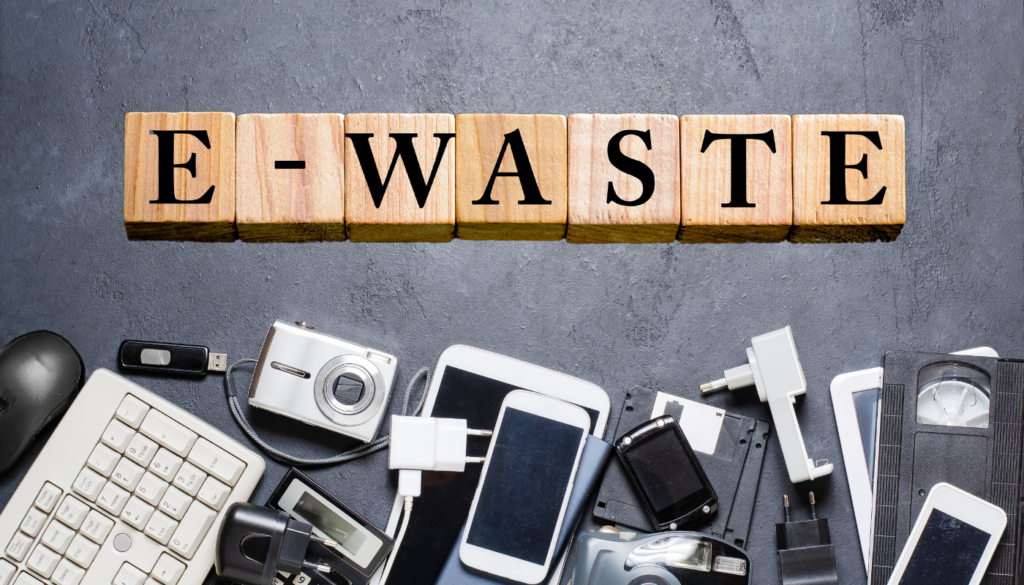
Our lives today revolve around electronics; from smartphones to laptops, smart TVs to fridges, our modern world depends on these devices. But this convenience and connectivity comes with a steep cost, particularly when these electronics reach the end of their lifespan. The vast amount of electronic waste, or e-waste, we generate poses a serious threat to our environment, including our water resources.
Understanding the E-Waste Challenge
In our technologically driven world, e-waste has become the fastest growing waste stream globally. According to the third edition of the Global E-Waste Monitor published by the Global E-Waste Statistics Partnership, approximately 53.6 million metric tons of e-waste were generated worldwide in 2019, and this figure is expected to reach 74.7 million tons by 2030. This burgeoning problem is fueled by the rapid obsolescence of electronic devices and the lack of efficient recycling infrastructure.
E-Waste and Water Contamination
The major concern with e-waste is that it’s not just ordinary household trash. Electronic devices are complex assemblies of hundreds of different substances, many of which are toxic. These include heavy metals like lead, mercury, cadmium, and chromium and persistent organic pollutants like polychlorinated biphenyls (PCBs). When e-waste is improperly disposed of in landfills or informal recycling sites, these harmful substances can leach out of the devices and into soil and surface water, posing a risk of migrating to underlying groundwater aquifers.
Contamination of water resources poses significant risks to both human health and ecosystems. For instance, lead and mercury can cause neurological and kidney damage, while PCBs are probable human carcinogens. Because common contaminants found in e-waste can last in the environment for decades, ecosystems can also suffer declines in biodiversity, particularly in sensitive aquatic habitats.
E-Waste Stewardship
Realizing the growing impact of e-waste on our water resources underscores the importance of each of us adopting e-waste stewardship practices in our daily lives. This involves consciously managing our electronic devices from purchase to disposal, with an emphasis on the principles of reducing, reusing and recycling.
- Reduce – One of the most straightforward and impactful ways to minimize e-waste is by extending the lifespan of your devices. Before buying the latest model, ask yourself if it’s necessary. Regular maintenance, refurbishment and repairs, when possible, can keep your devices functioning longer, thus reducing the need for replacements.
- Reuse: When you decide to upgrade, consider if your old device still has life left in it. Can it be used by someone else? Donating or selling old electronics not only decreases e-waste but also supports a more circular economy, where resources are used and reused more efficiently.
- Recycle: Finally, if your device has reached the end of its life and can’t be reused, ensure it is recycled properly and not thrown away with your everyday household waste. Indiana’s E-Cycle Program provides Indiana residents with a responsible option for discarding unwanted electronics in partnership with various electronics manufacturers and collectors. E-Cycle provides a list of collection sites by county to drop off your e-waste for recycling. Such programs ensure that the valuable materials in your devices can be recovered and reused, and harmful substances are safely disposed of.
It is advisable to look for reputable or certified recyclers that provide clear information about how the donated equipment is used and where it ends up. This helps provide some confidence that your donations are not just being exported and dumped as e-waste in developing countries, but are being ethically and responsibly processed.
The challenge of e-waste is undeniably vast, but it is not insurmountable. With concerted effort, sound policies and responsible practices, we can mitigate its harmful effects on our environment and water resources. From our gadgets to our groundwater, it’s clear that the journey to a sustainable future hinges on responsible e-waste stewardship.
Find out more about responsible electronics management:
